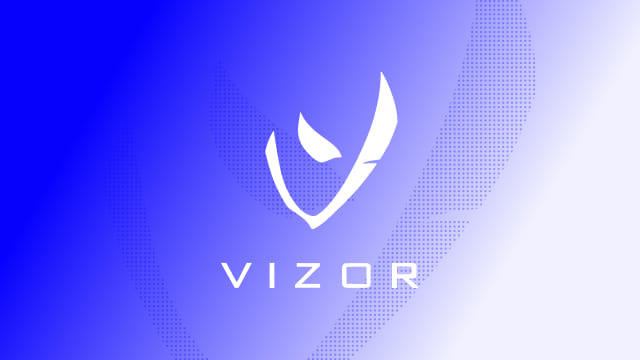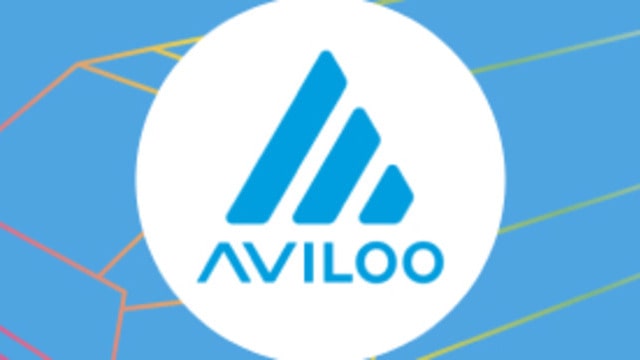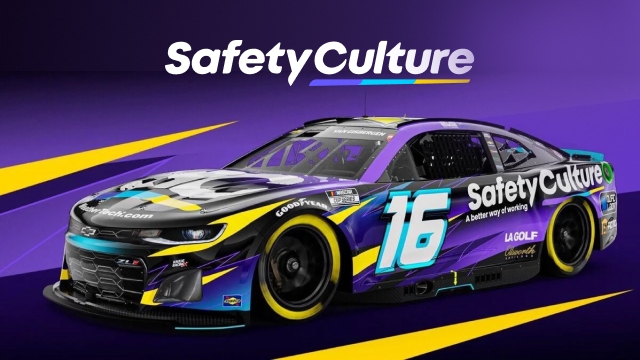Customized AI Translation Solutions
We offer combinations of AI translation and human expertise to suit any timing or budget requirements.
What will you get with Alconost's AI translation solutions?
Cost efficiency
Up to 50% cost savings*
Speed
Up to 2x faster delivery*
Scalability
Quick expansion into 70+ languages
AI expertise
From fine-tuning and data security to LLM deployment
Customization
Options tailored to your budget and desired quality
Accountability
Always on-time delivery and consistently high quality
* Compared to standard localization workflows with 100% human translation. Actual results may vary depending on project scope and content type.
What Our Clients Say
Choose the workflow that fits your goals
No two projects are alike — and your translation workflow shouldn't be either. We tailor AI-powered translation to your content type, goals, and quality expectations.
Pure AI
Fully automated MT
Model selection
We test and select AI models best suited to your domain and language pairs
Fine-tuning option
Custom model adaptation to match your content and style
Asset and context usage
TM, glossaries, and style guides
Post-editing and QA
BEST FOR
Bulk or internal content
MT + APE
MT + AI post-editing
Model selection
We test and select AI models best suited to your domain and language pairs
Fine-tuning option
Custom model adaptation to match your content and style
Asset and context usage
TM, glossaries, and style guides
Post-editing and QA
Automated AI refinement
BEST FOR
Technical or support materials
Popular
AI + Human Review
MT + human post-editing
Model selection
We test and select AI models best suited to your domain and language pairs
Fine-tuning option
Custom model adaptation to match your content and style
Asset and context usage
TM, glossaries, and style guides
Post-editing and QA
Professional linguist review and refinement
BEST FOR
Marketing, product, or customer-facing content
How the AI Translation Workflow at Alconost Works
Preparation Stage
We start by testing multiple AI models on your own content to find the best-performing ones.
1
Develop Prompt
We develop a tailored prompt based on your project goals and content type.
2
Translate Sample
We translate a sample of your content into the target languages using several AI models.
3
Evaluate Quality
We evaluate the quality of each raw machine translation using both human linguists and automated metrics.
4
Select Model
We select the top-performing model or models for your project.
5
Post-edit
We apply post-editing — done either by professional linguists or automatically (APE). If you choose Automatic Post-Editing (APE) instead of human review, we'll test several APE models to identify the most effective one.
6
Review
You receive a quote, testing results, and the post-edited translation sample for review.
Localization Stage
Once you approve the setup, we move on to full-scale localization.
1
Fine-tune (optional)
We fine-tune the selected model for your domain or content style.
2
Pre-translate
We pre-translate your materials using the chosen AI model.
3
Post-edit
Option A: Human linguists with domain expertise perform post-editing
or
Option B: AI performs automatic post-editing (APE) followed by quality evaluation
4
Deliver
We deliver the completed translations in the same format as your source files.
5
QA Checks
We run ongoing QA checks to ensure the model's performance remains stable.
6
Retrain (optional)
We retrain the model regularly, using updated glossaries and translation memory accumulated during your project.
Case studies
Don't just take our word for it. Hear from the brands that entrust us with their AI translation projects.
Scale your translation process with AI
FAQs
What LLM & NMT models do you use?
We constantly explore new Large Language Models (LLM) and Neural Machine Translation (NMT) models and add them to our list in case of successful testing results. Here is our current list of models.
LLMs: Claude (Anthropic), ChatGPT (OpenAI or Microsoft Azure), Gemini (Google), Grok (xAI), Mistral, and other open-source LLMs.
NMTs: DeepL, Amazon Translate, Google AutoML, and others.
Do LLM models perform better than NMT models?
Yes, in our experience, LLM models tend to outperform NMTs. Still, only tests can show which models will yield the best results for your unique combination of niche and language pairs. We covered the topic of choosing the right model in this article.
How do I know what quality I can expect?
During the testing process, our linguists post-edit the best machine-translated version. This edited version becomes a reference translation. This reference translation is a sample of the level of quality you can expect.
What metrics are used for model evaluation?
We use industry metrics like nTER, ChrF++, BERTScore, COMET, etc., and our own AQI, which is a comprehensive metric that synthesizes various automated and human evaluation methods to deliver an overall assessment of translation quality.
What are your rates for AI translations + human post-editing?
Our rates for MTPE start from $8.30 per 1000 characters for one language. The final price depends on the language pair and the quality of the raw MT output. Better output quality means lower rates as it requires less post-editing effort. Once we've done the tests and identified the best-performing models, you'll get a quote with our final rates.
How do you handle sensitive content?
We select models for your project based on your needs. For the most secure and sensitive use cases, we can deploy an LLM model on a private infrastructure.
Who are your translators (post-editors) and how are they selected?
All translations at Alconost are performed by professional translators who are native speakers.
We have over 1100 professional native-speaking translators on our team who specialize in a broad range of fields. We always try to assign a dedicated team of translators to your project and work specifically with these translators on a continuous basis.
What localization translation management systems (TMS) or platforms do you work with?
Our first choice is the cloud-based translation platform Crowdin. We also work on other localization platforms, such as GitLocalize, Tolgee, Phrase, Lokalise, memoQ, Smartcat, WebTranslateIt, Transifex, OneSky, POEditor, Trados, and many more.
What file formats do you work with?
We can work with any file type, including:
Android .xml, iOS .strings, .stringsdict, Windows .resx, .po, .pot, .php, .json, .ini, .csv, .js, .plist, .xlf, .xliff, .stf, .dita, .ditamap, .toml, .gotext.json, .arb, .vdf, .wxl, .nsh, .properties, .dtd, .ts, .rc, .resw, .resjson, .yml, .htm, .html, .xhtml, .haml, .txt, .md, .xht, .idml, .docx, .svg, .pdf, .xaml, .srt, .vtt, .sbv, .mif, .idml, .rtf, .ppt, .odt, .ods, .odg, .odp, .wiki, .flsnp, .flpgl, .fltoc, .md, .xht.
We also work with other file formats and proprietary systems.
What languages do you translate into?
We translate into more than 120 languages, including the most popular ones (English, Chinese, Japanese, German, French, Spanish), as well as rarer ones and even dialects within a language, such as Spanish for Spain versus Spanish for Latin America. If the language pair you need is not on our list, our resource managers can find and test translators with this language pair for your project.
Can you help us set up integrations?
Sure, we can set up integrations for you. In addition to that, our localization engineers can develop custom integrations for niche platforms and specific needs.
AI or Human Translation: Which Is Right for Your Content?
Understand the differences in cost, turnaround, and quality — with clear guidance on when each approach makes the most sense.
Let’s talk about your project
Fill out the form to get your free quote. 24h response guaranteed • No commitment required









